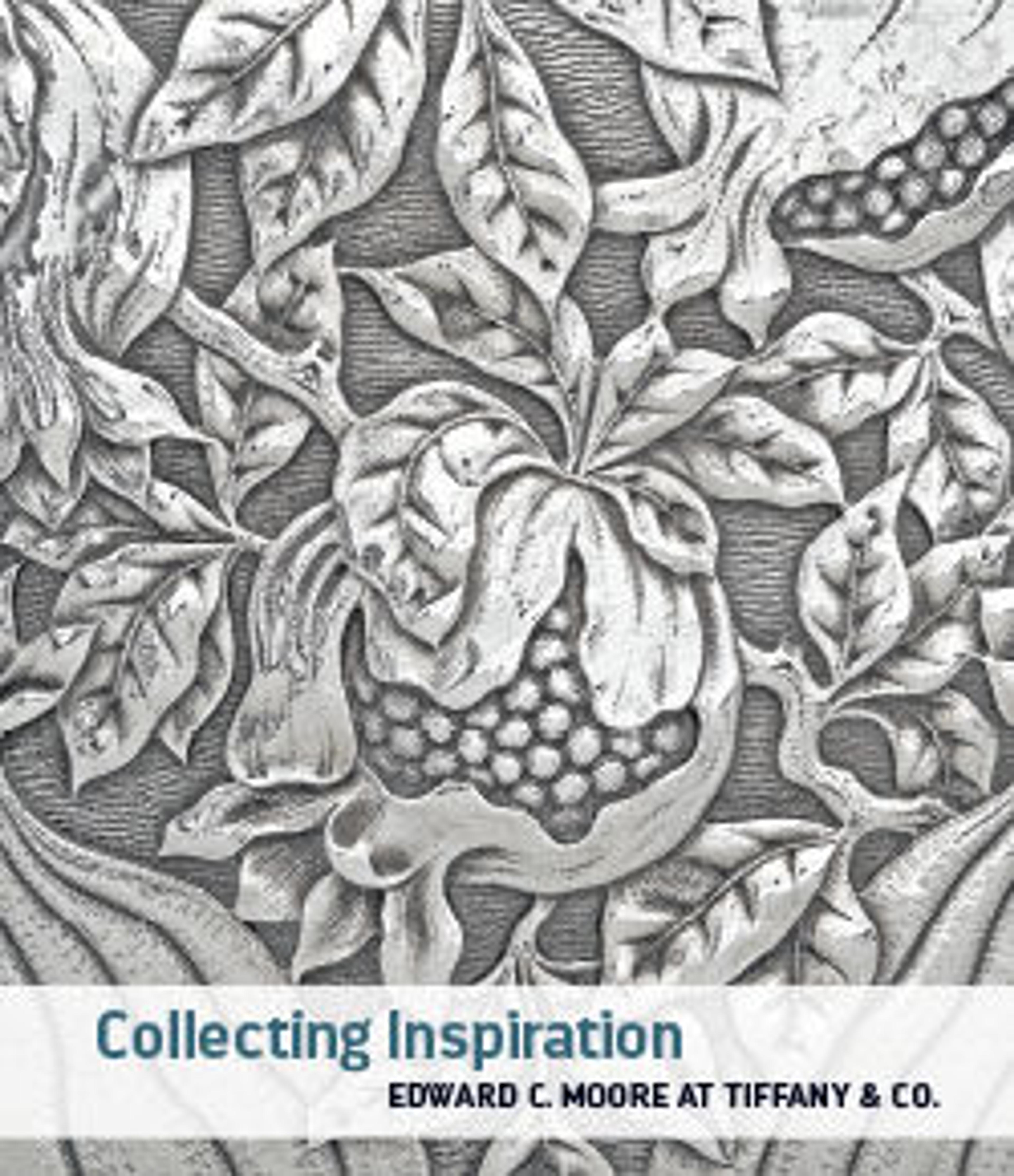Creamer
The opening of Japan to the West in the 1850s and subsequent displays of Japanese art at world’s fairs inspired great demand for Japanese-style objects in the United States. Edward C. Moore, the director of Tiffany’s silver department, was an early proponent and collector of Japanese art. Although largely inspired by Japanese art, this creamer and matching sugar bowl demonstrate that Tiffany's designers looked to a variety of sources when creating innovative designs. Indeed, manufacturing ledgers describe these vessels as having "Persian Pierced Handles." The silver workshop supervisor, Charles Gosjean, recorded in his diary that he visited the city's aquarium and also purchased fish from the Fulton Market, which he then had a colleague sketch. This dedication to close observation resulted in the highly accurate depictions of sunfish, pickerel, and yellow perch seen here.
Artwork Details
- Title:Creamer
- Maker:Tiffany & Co. (1837–present)
- Date:1876
- Geography:Made in New York, New York, United States
- Culture:American
- Medium:Silver
- Dimensions:Overall: 4 1/2 x 4 1/4 x 2 7/8 in. (11.4 x 10.8 x 7.3 cm); 4 oz. 15 dwt. (148.1 g)
Foot: Diam. 2 1/16 in. (5.2 cm) - Credit Line:Purchase, The Edgar J. Kaufmann Foundation Gift, 1969
- Object Number:69.128.1
- Curatorial Department: The American Wing
More Artwork
Research Resources
The Met provides unparalleled resources for research and welcomes an international community of students and scholars. The Met's Open Access API is where creators and researchers can connect to the The Met collection. Open Access data and public domain images are available for unrestricted commercial and noncommercial use without permission or fee.
To request images under copyright and other restrictions, please use this Image Request form.
Feedback
We continue to research and examine historical and cultural context for objects in The Met collection. If you have comments or questions about this object record, please contact us using the form below. The Museum looks forward to receiving your comments.
